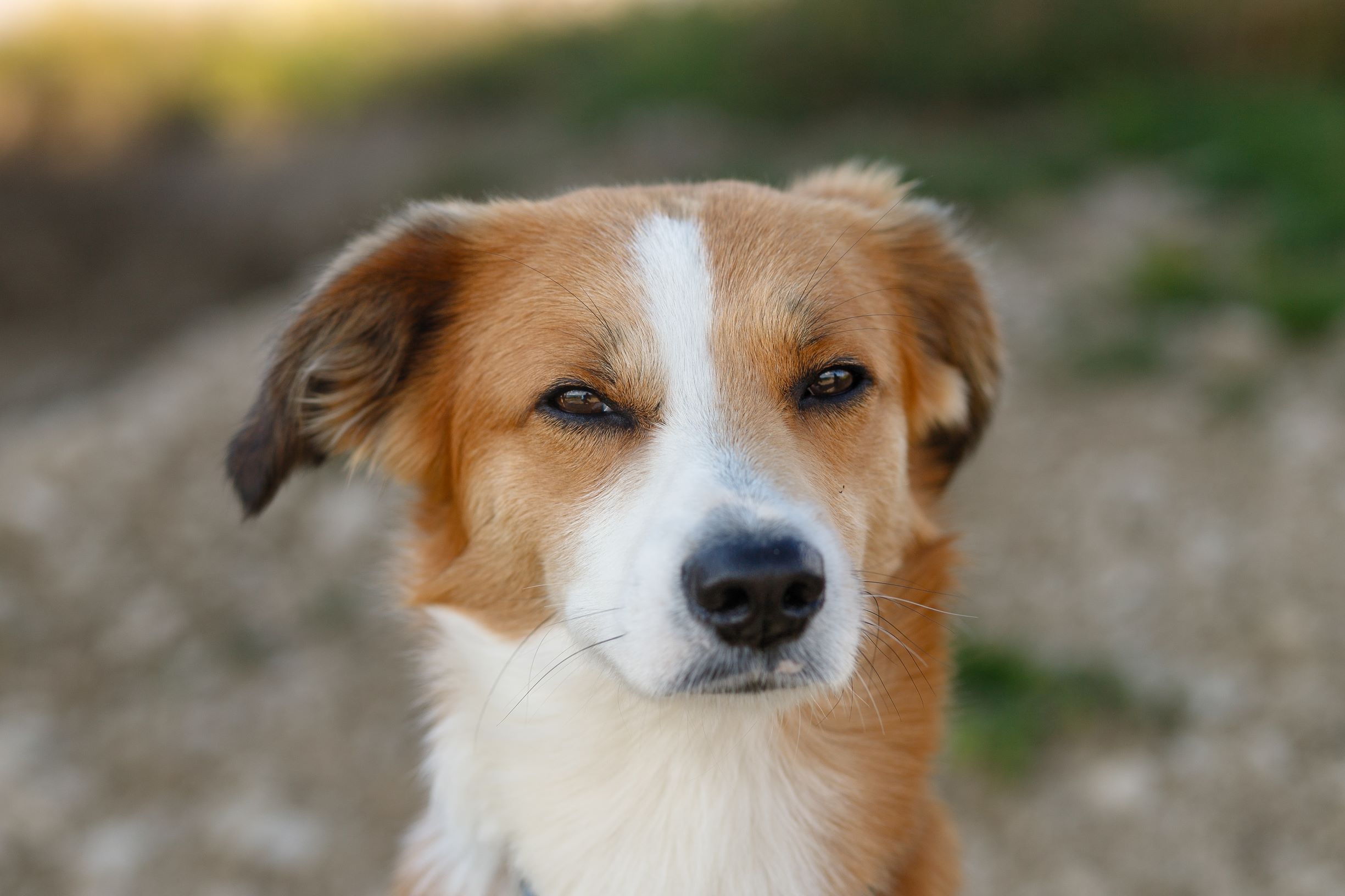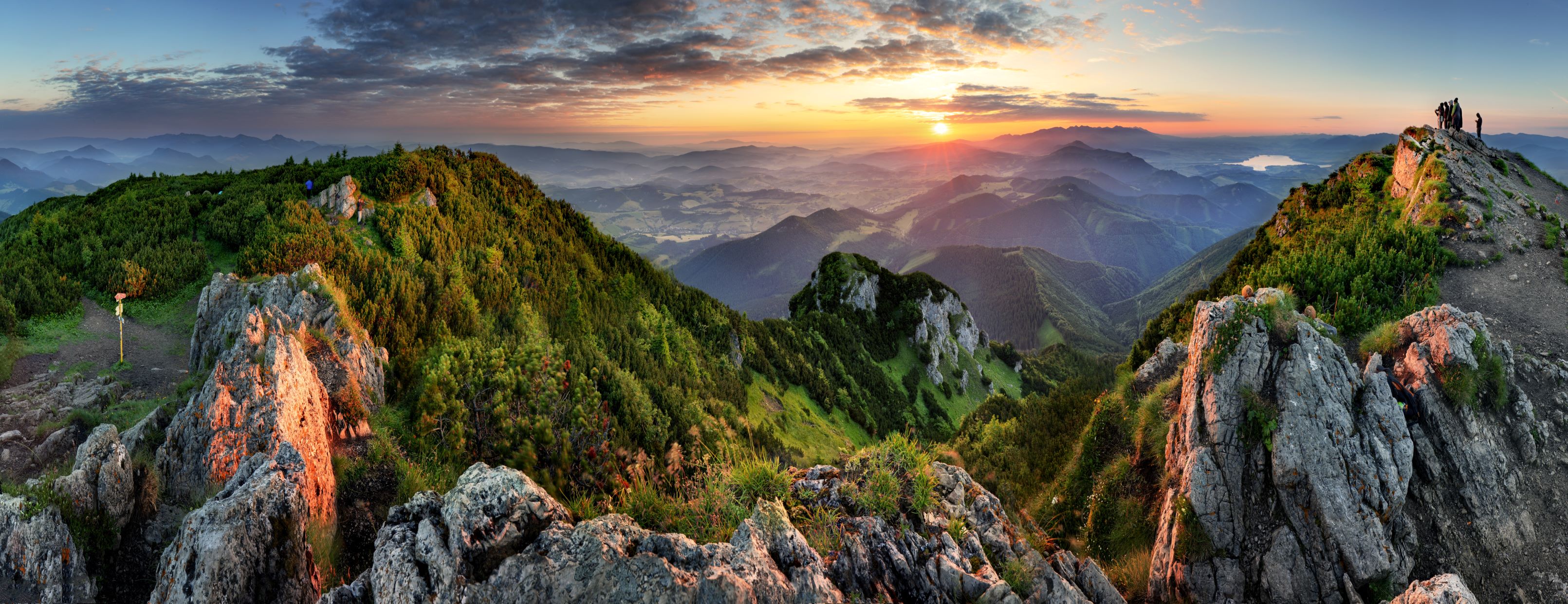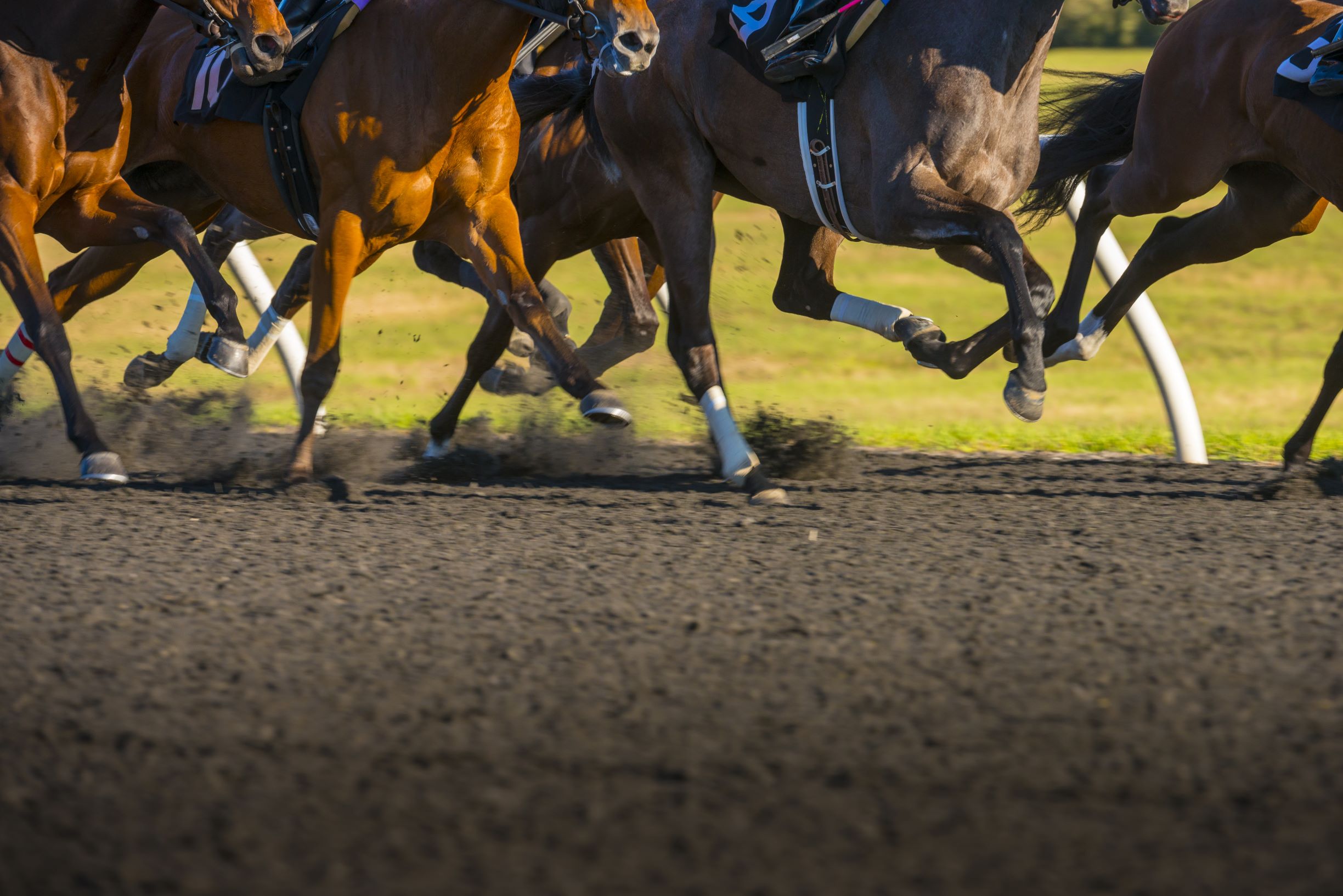Posted on 2020-11-06
By Brody Walsh, Media Coordinator
When traced back to its roots in the Greek language, Photography translates to “drawing with light.” So, from its very inception, photography has been understood as an art which expresses itself through its interaction with light. Therefore, understanding how your camera interacts with the light that it captures is among the most important thing you can do as you learn photography. There are three variables that make up what is known as the “exposure triangle,” they are: aperture, shutter speed, and ISO. Understanding these three settings and how they interact with one another is the foundation for truly “drawing with light,” and developing your understanding of photography.
 Shallow Depth of Field |
|
 Large Depth of Field |
The first variable we will look at is aperture, which refers to how open or closed the iris of your camera’s lens is. Aperture effects a few things, firstly, the wider open your aperture the greater amount light your lens will let in, and vice versa. On top of effecting the amount of light that travels through the lens, aperture also alters the depth of field of an image. The depth of field effects which parts of your image are in focus. With a tighter aperture(more closed), you will have more of your image in focus, whereas if you widen your aperture(more open), your image will have greater separation between foreground and background elements. Aperture is typically measured in f/stops, such as f/4, f/5.6, f/8 etc. The smaller the f/stop, the shallower your depth of field, and the lighter your image will be, and vice versa. For example, f/4 is a wider and shallower aperture than f/8. Understanding this allows you to make artistic decisions about how wide or narrow your aperture should be depending on your subject and the lighting conditions around it.
 Fast Shutter Speed Fast Shutter Speed |
|
 Slow Shutter Speed |
The second variable in the exposure triangle is shutter speed, which refers to the amount of time your cameras sensor, or film, is exposed to light when you press the shutter. The longer your shutter speed, greater light will be let in, but shutter speed also effects how your camera captures motion in a subject. The faster your shutter speed, the more likely you are to freeze the motion in your subject, whereas the slower your shutter speed, the more likely a moving subject will appear with motion blur. Shutter speed is typically measure in fractions of a second. Depending on your subject, and the desired effect, understanding shutter speed will help you capture motion in the most effective way.
The final element in the exposure triangle is ISO, which essentially refers to a camera’s sensitivity to light. If your shooting on film, this is a fixed rating that tells you the light sensitivity of your chosen film stock, but with modern digital cameras, ISO can be changed to fit the circumstances in which you’re shooting. Be careful though, as ISO can tend to add a degree of noise to your image if you go too high. Low light performance will vary from camera to camera, but generally the higher you go with your ISO the less detail and more noise you will have in your final image.
All in all, understanding the individual function of each of these three variables is the foundation for understanding all of photography, as they are fundamental to properly exposing and image. Keep an eye out for part 2 in the near future, as we will delve into how we can measure these variables and how they interact with one another through understanding stops of light.
